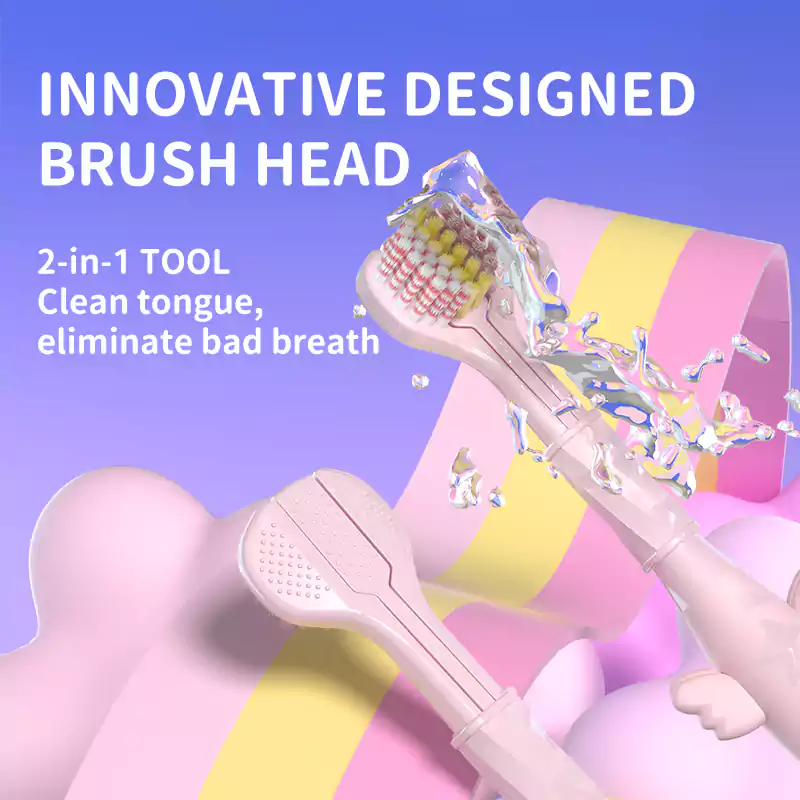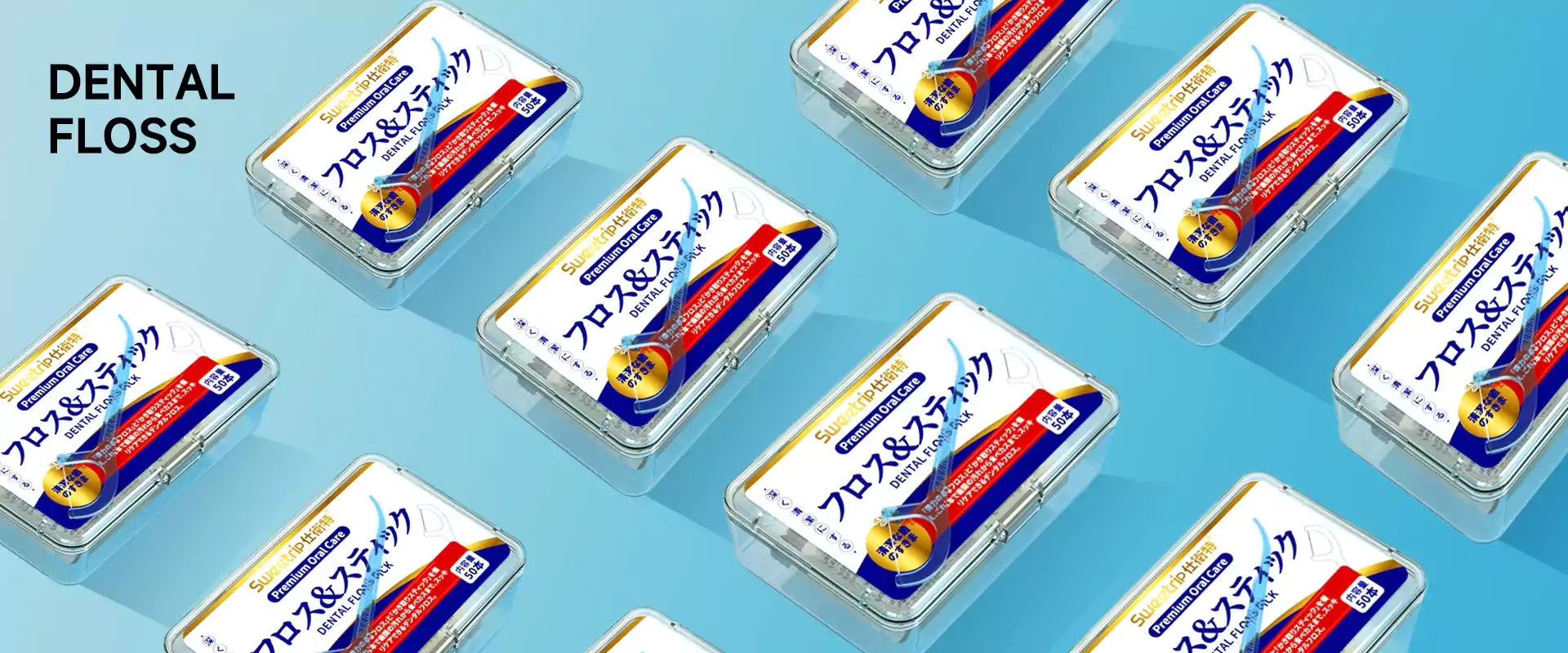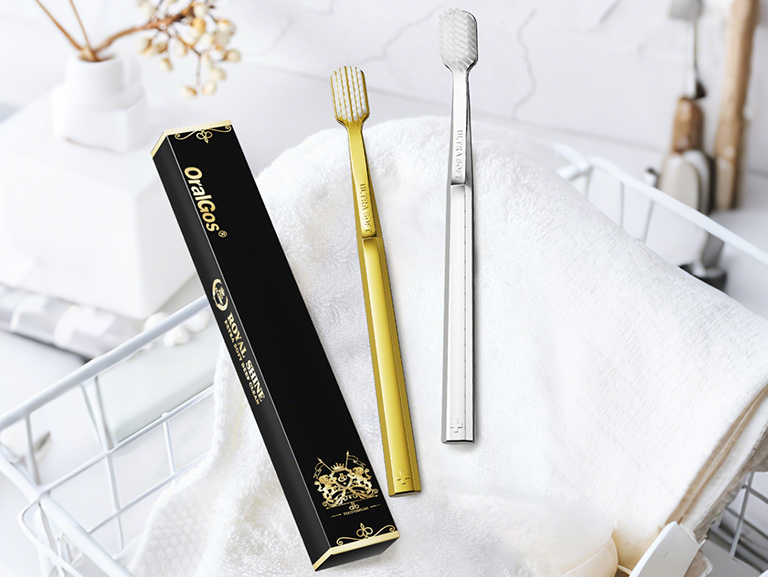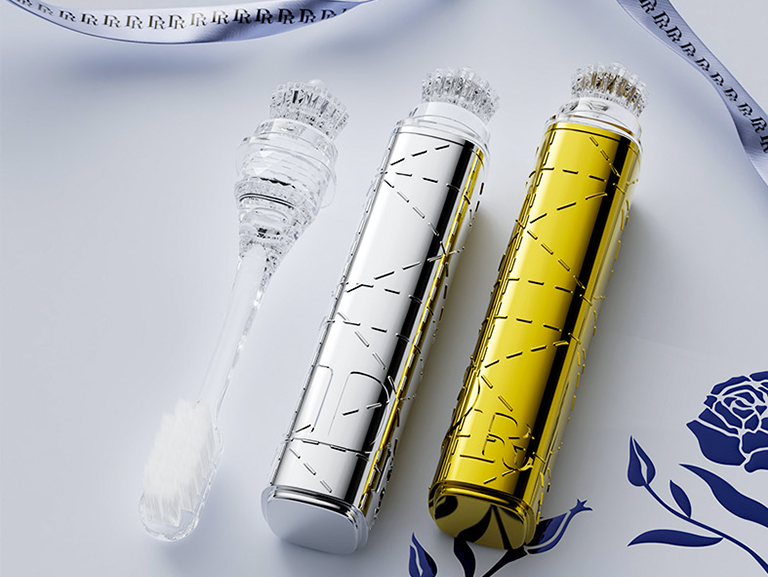The fact that daily flossing can extend life expectancy is attributed to two fundamental benefits of floss: it not only prevents gum disease but also helps further prevent heart disease. In this issue, we’ll explore the benefits of using floss, recommended frequency and timing, types of floss, and other oral and dental health issues of interest.
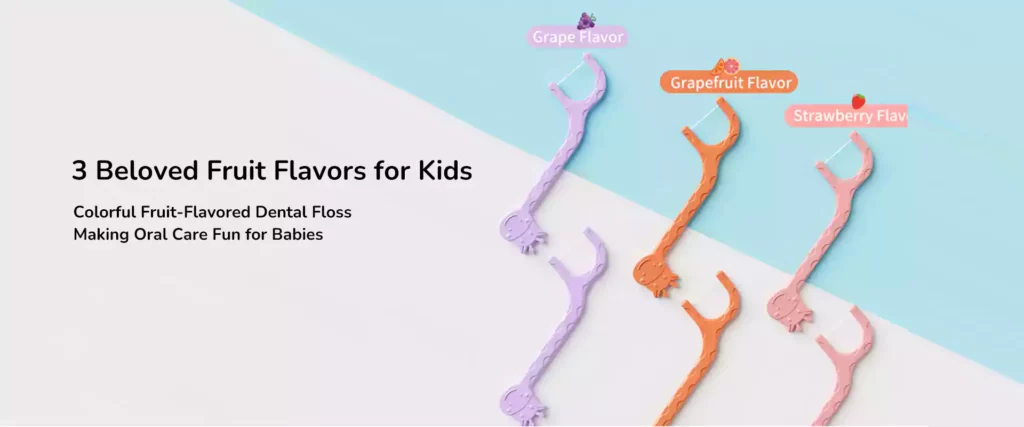
Benefits of Flossing
1.Removes Plaque Plaque is a colorless, sticky film that accumulates around and between teeth and along the gum line. While it’s hard to see, plaque is something you don’t want lingering in your mouth. Plaque forms when bacteria in the mouth mix with starchy or sugary foods and beverages, producing acids that break down carbohydrates. If you don’t brush your teeth, these bacteria, acids, and carbohydrates combine to create a plaque film around your teeth and gums. The bacteria in plaque release acids that attack your enamel. Over time, if these acids aren’t removed through brushing and flossing, they can lead to cavities. Moreover, accumulated plaque can harden and become tartar along the gum line, increasing the risk of gum disease, according to the American Dental Association (ADA). Regular flossing helps remove food debris around your teeth and plaque between them.
2.Reduces the Risk of Cavities Cavities occur when decay creates a tiny opening or hole in the hard surface of your teeth (known as enamel). This process takes time, and the more plaque on the enamel, the higher the risk of cavities. Flossing at least once a day can help eliminate hidden food debris and plaque buildup, thereby reducing the risk of cavities.
3.Helps Prevent Gum Disease Gingivitis is the early stage of gum disease. One of the initial signs of gingivitis is inflammation around the gums. Your gums may bleed when you brush or floss. If left untreated, gingivitis can lead to a more severe infection called periodontitis, which may cause gums to recede or detach from your teeth. Your teeth may lose their supporting bone structure and become loose. Untreated periodontitis can cause systemic inflammatory responses. Brushing twice daily and flossing at least once can help lower your risk of gum disease, and seeing your dentist for a professional cleaning every six months can also support gum health.
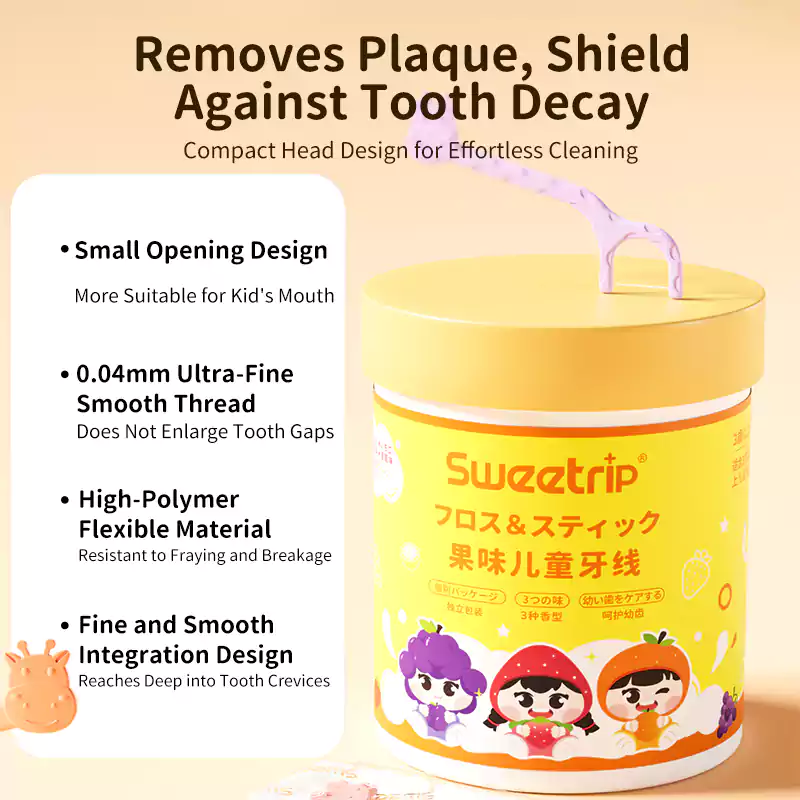
4.Reduces Bad Breath Bad breath is a common issue. However, flossing can prevent it. When food gets stuck between teeth, it can slowly start to rot. If you don’t remove these food particles, they may lead to bad breath. As mentioned earlier, if plaque accumulates around or between teeth and begins to erode enamel, it can lead to cavities and gum disease, which can also contribute to bad breath.
5.May Benefit Heart Health Good oral hygiene not only benefits your teeth and gums but may also be advantageous for your heart health. A large study in 2019 found that participants who maintained high standards of oral hygiene had a reduced risk of atrial fibrillation and heart failure. This suggests that the relationship between oral health and heart health may be linked to overall body health. Regardless, flossing is a simple, low-cost way to enhance both oral hygiene and overall health
Recommended Frequency and Timing
The ADA recommends brushing your teeth twice a day for two minutes each time and flossing at least once a day. Some people prefer to floss as part of their morning routine, while others prefer to do it as the last step before bed. Generally, it’s recommended to floss before brushing your teeth. Flossing helps dislodge food debris and plaque around the teeth, and brushing afterward aids in removing the loosened plaque and particles from your teeth and gums. Understanding this order can help reinforce the correct sequence.
Types of Floss

Standard floss typically comes in two types: waxed and unwaxed. Choosing between the two often depends on personal preference, especially since the ADA states that there’s no difference in effectiveness. If your teeth are closer together or crowded, waxed floss may be easier to maneuver into those tight spaces. There’s also ribbon floss, which is wider and flatter, making it effective for teeth with gaps. If you have braces, bridges, or spaces, you might consider using super floss, which includes regular floss, sponge floss, and a hard-end floss threader. If you find traditional floss difficult to use, you can try some floss alternatives, such as:
- Water flossers
- Air flossers
- Interdental brushes
These tools allow you to clean between your teeth using water, air, or small brushes similar to mascara wands. According to the ADA, these are all acceptable tools for removing food and debris from teeth.
How to Develop a Strong Flossing Habit
First, make sure you have various types of floss (flavored, unflavored, thin, thick, etc.). Next, place the floss next to your toothpaste, making it harder to forget. The hardest part is often starting; taking action can improve your health.
Other Important Aspects of Dental Care
For optimal dental health, consider the following:
- Brush at least twice a day in gentle circular motions.
- Use fluoride toothpaste.
- Use a soft-bristled toothbrush to avoid damaging gums.
- Remember to brush your tongue and gums to remove bacteria.
- Consider using fluoride mouthwash.
- Drink plenty of water. Fluoridated water helps prevent cavities; if you choose bottled water, check the fluoride content on the label.
- Replace your toothbrush or brush head every 3 to 4 months.
- After consuming sugary drinks, coffee, or tea, rinse with water to help remove sugars and food debris from your teeth and gums.
- Maintain a balanced diet rich in fruits and vegetables while limiting sugary foods and beverages.
- Especially include foods high in fat-soluble vitamins, as they are known to improve dental health. Foods rich in vitamins A, C, D, K, calcium, and phosphorus are particularly beneficial. Vitamin D aids in the absorption of calcium and phosphorus, while vitamin K ensures that calcium reaches our teeth and bones.
- Be cautious with supplements that contain large doses of fat-soluble vitamins, as they can lead to toxicity. Always check the recommended dosage guidelines.
- The ADA also states that high-fiber foods help keep teeth and gums clean, as they stimulate saliva production. Saliva contains trace amounts of calcium and phosphate, which can help remineralize areas of teeth that have lost minerals due to bacterial acids.
- Chewing foods helps strengthen the bone that supports our teeth, making it stronger. If our food is too soft, less chewing is required, which can harm dental health.
- Visit your dentist for routine cleanings and check-ups twice a year.
